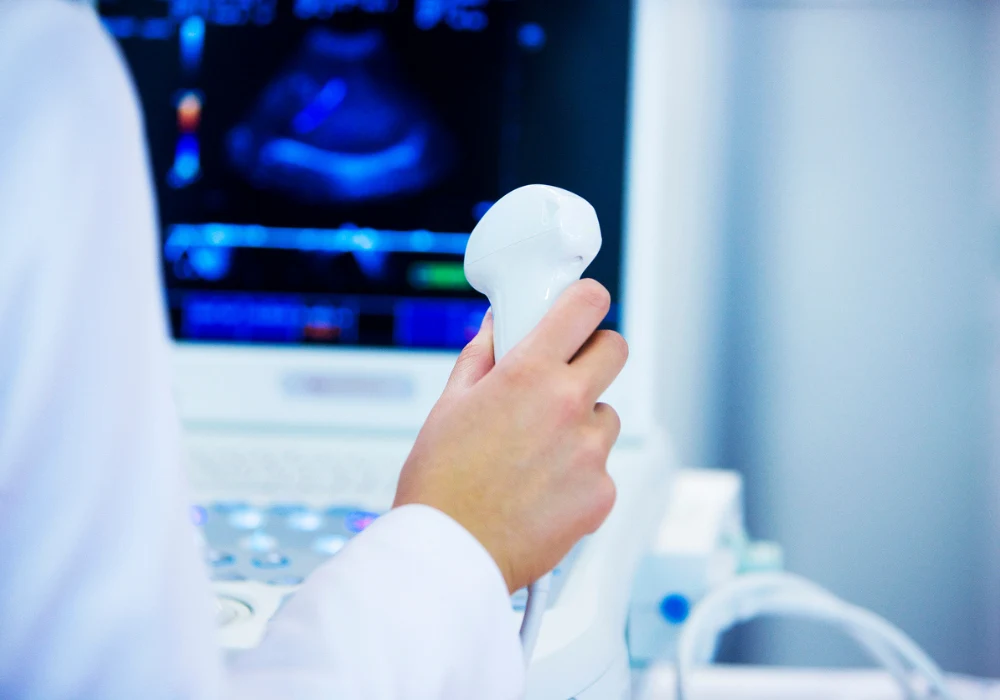Point-of-care ultrasound (POCUS) has become a key tool in modern health care, enabling clinicians to obtain real-time diagnostic information at the patient’s bedside. Its portability, affordability and relative ease of use have accelerated adoption across departments such as emergency medicine, intensive care, internal medicine and anaesthesiology. The ability to guide procedures and provide immediate results reduces delays in decision-making and improves workflow efficiency. At the same time, its expansion across different specialties raises questions about consistency, governance and quality. For large hospitals, the challenge lies in creating a system-wide framework that ensures POCUS is integrated effectively while maintaining high standards of care and operational efficiency.
Governance and Leadership
Introducing POCUS across a hospital system requires strong governance structures supported by radiology’s expertise in imaging standards and archiving. A multidisciplinary committee provides oversight by bringing together clinical champions, IT specialists and administrative representatives from all relevant departments. This body sets rules for equipment use, safety, infection control, billing and quality assurance. It also ensures compliance with regulatory requirements for health data protection and image storage.
Departments retain local responsibility for staff accreditation, continuing education and equipment management, while the central committee creates system-wide consistency. To address the complexity of POCUS practice across multiple services, hospitals can divide responsibilities into clinical and technical subgroups. The clinical subgroup develops training programmes, credentialing pathways and quality assurance measures. The technical subgroup focuses on device integration, image storage and communication with vendors and IT departments. This structure enables efficient progress while ensuring each specialty remains aligned with common standards.
Training, Credentialing and Quality Assurance
The widespread use of POCUS by non-radiologists highlights the need for targeted training. Professional societies across specialties have established practice guidelines, which hospitals can adapt into local credentialing frameworks. Department heads or designated liaisons oversee education and training, ensuring that staff are both qualified and regularly assessed. Credentialing requires not only initial training but also ongoing evaluation of clinical practice.
Must Read: Implementing Effective Governance for Point-of-Care Ultrasound
Quality assurance is central to safe implementation. Departments may review selected cases, audit documentation and evaluate image quality. Peer review plays an important role in maintaining diagnostic accuracy and reinforcing best practice. Shared storage and reporting platforms enable hospital-wide access to POCUS examinations, supporting transparency and continuous improvement. This ensures consistency across departments while allowing each specialty to adapt POCUS protocols to its specific clinical needs.
Maintaining competence requires ongoing engagement. Some models require practitioners to log cases or undergo periodic reviews to retain privileges. This not only safeguards patient outcomes but also provides data for system-wide quality monitoring. Structured quality assurance strengthens the credibility of POCUS programmes, encouraging trust among clinicians and administrators.
Integration, Documentation and Workflow
For POCUS to deliver maximum benefit, its results must be fully integrated into hospital workflows. Clear documentation in the electronic medical record ensures continuity of care, particularly when patients are transferred between services. Timeliness is also important: urgent results should ideally be reported within two hours and all cases within 48 hours. Structured reporting promotes consistency and supports accurate communication across teams.
Image storage is essential for follow-up care, billing, peer review and education. A central picture archiving and communication system or secure web-based platform allows images to be linked to patient records while maintaining data security. This avoids fragmentation and ensures that examinations performed by different teams remain accessible across the institution.
Device management also benefits from central coordination. A unified process for equipment requests, approval and maintenance ensures compliance with regulatory standards and maintains connectivity with the hospital’s IT systems. Integration with billing processes supports appropriate reimbursement. Automating coding and linking it to electronic health records reduces errors, enhances compliance and generates revenue. Together, these measures ensure that POCUS is not only clinically effective but also operationally sustainable.
The expansion of POCUS across hospital departments reflects its value in rapid, focused diagnosis and procedural guidance. To harness its benefits, large hospital systems must invest in strong governance, clear credentialing processes, robust training and reliable image management. By establishing multidisciplinary committees, aligning specialty-specific requirements with hospital-wide standards and embedding POCUS into digital workflows, institutions can ensure safe, consistent and efficient practice. In doing so, they strengthen both patient care and organisational performance, making POCUS a strategic asset in the delivery of modern health care.
Source: Radiology
Image Credit: iStock










